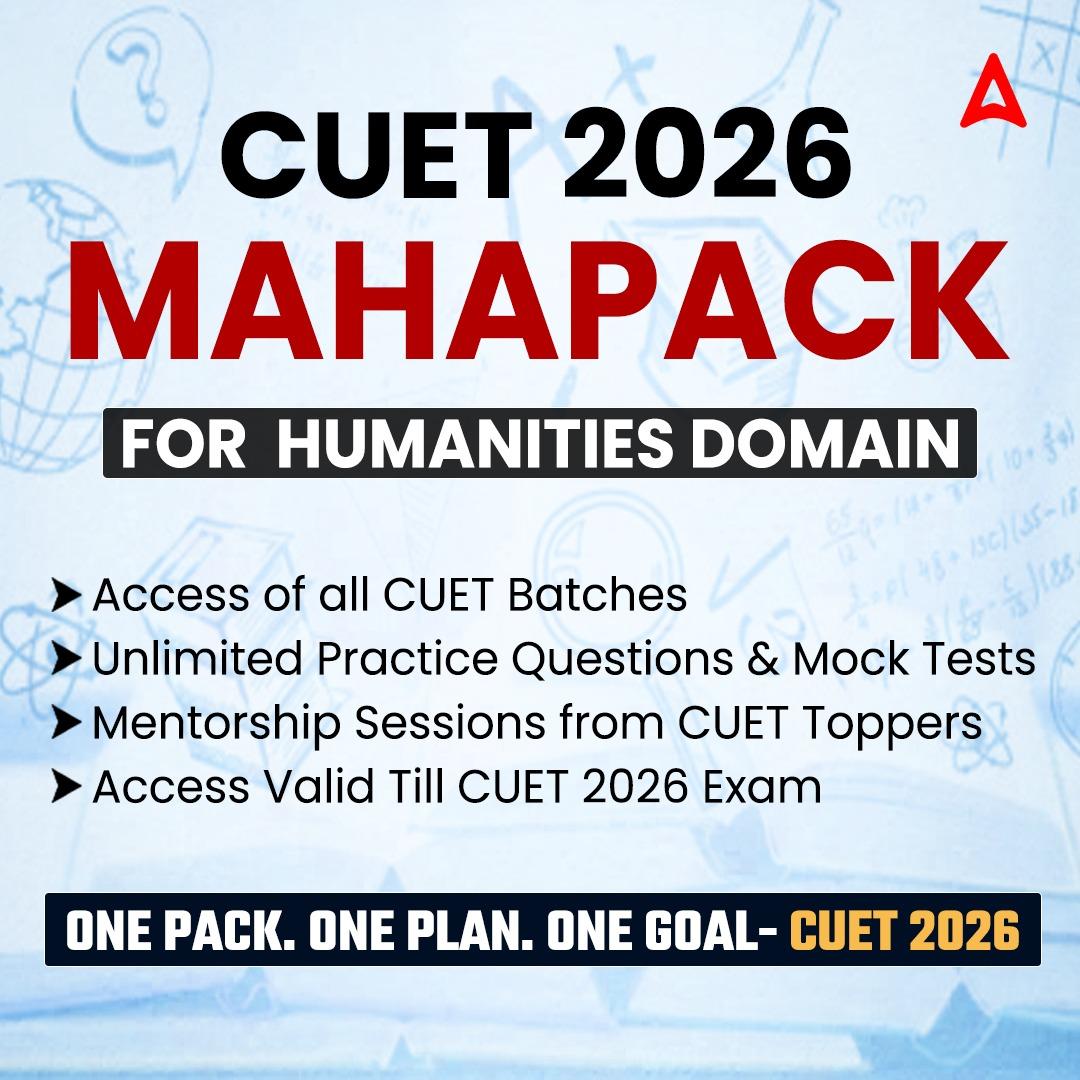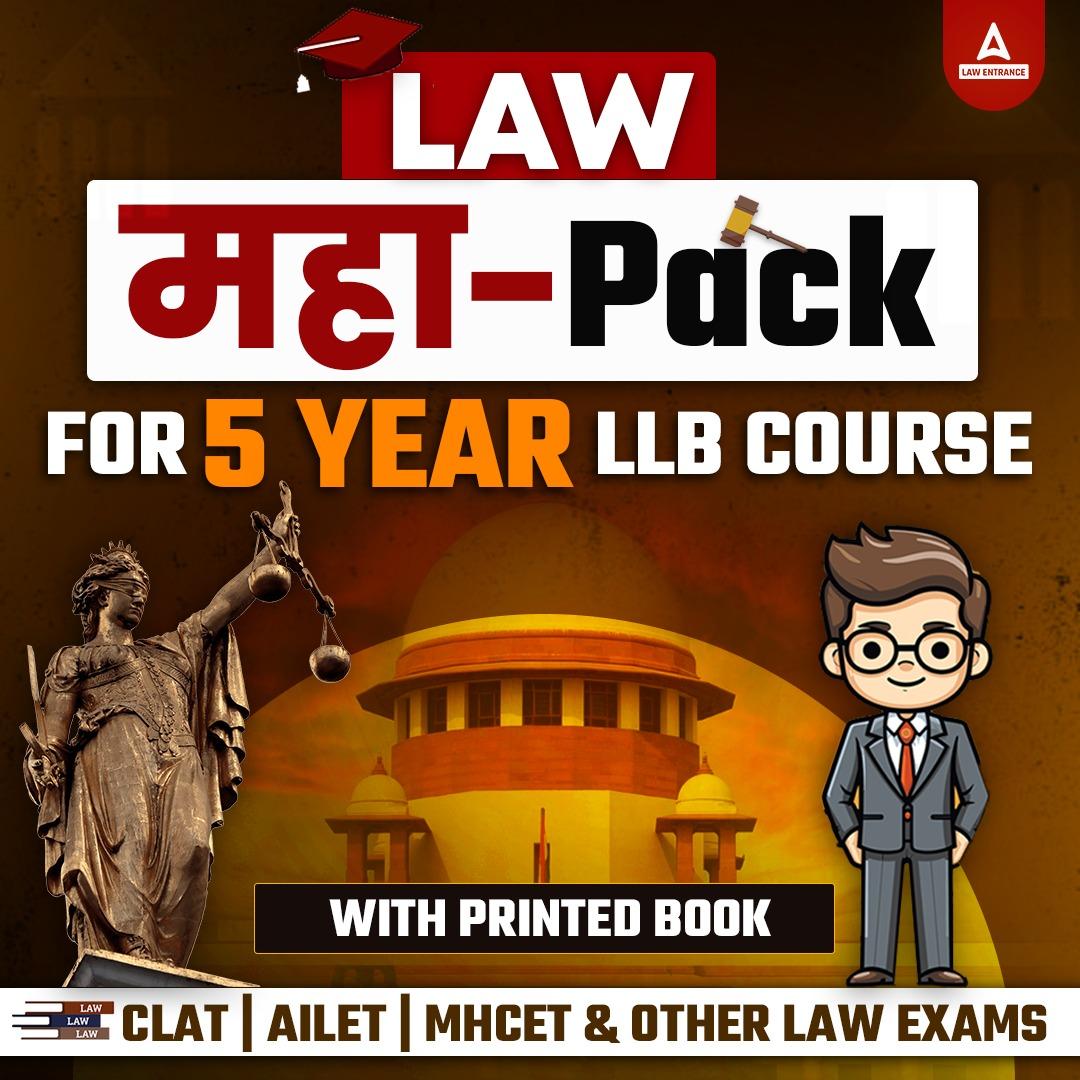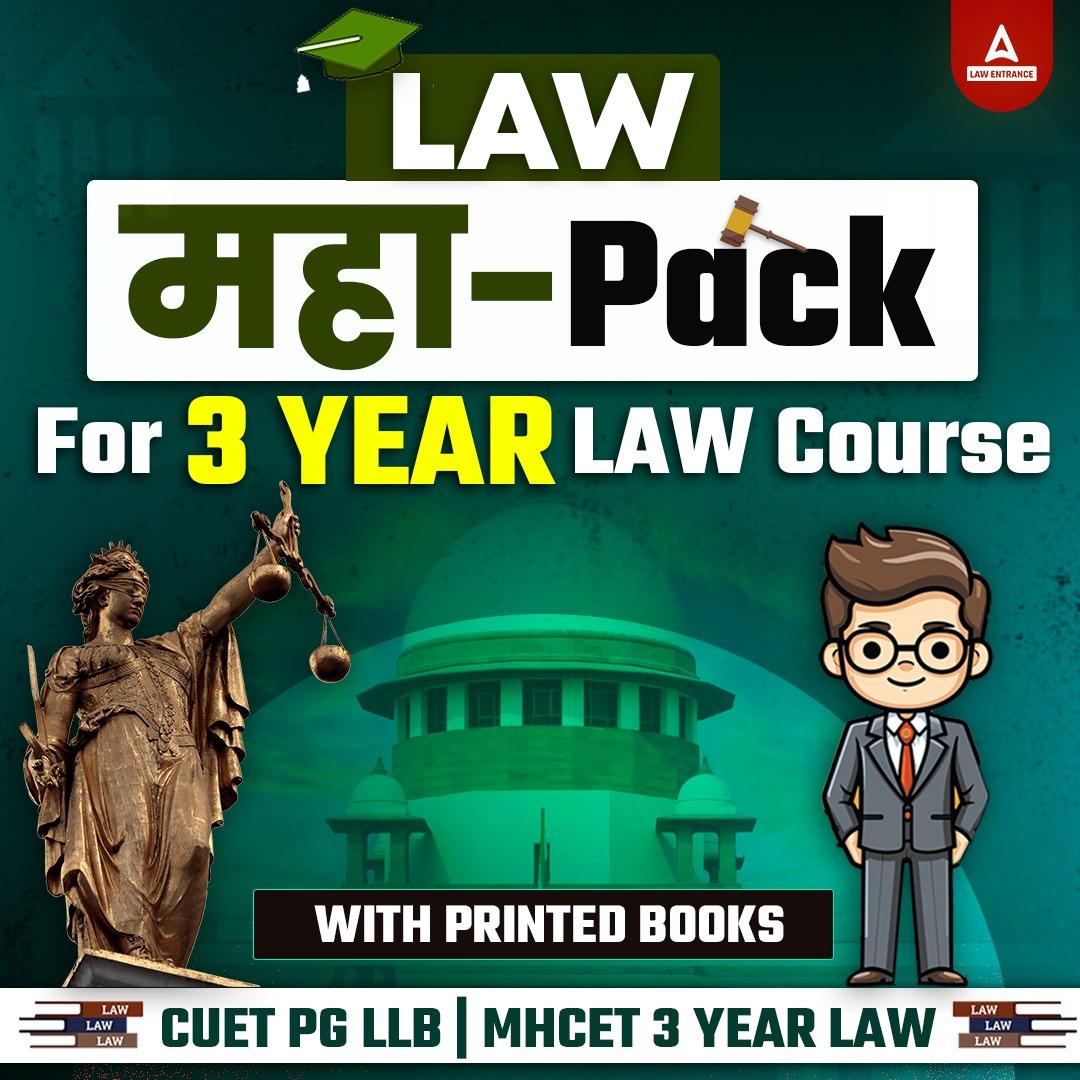ICSE Class 10 History and Civics Answer Key 2025: The Council for the Indian School Certificate Examinations (CISCE) conducted the ICSE History and Civics Exam 2025 on March 7, 2025. In this article, we have included the History and Civics Answer Key 2025 PDF of the ICSE question paper. The ICSE Class 10 History and Civics answer key is created by GS subject matter specialists and will help you to validate your answers. We have also included the students’ and teachers’ reactions on the ICSE Class 10 History and Civics Exam, where you can read about students’ attempts and experts’ perspectives on the difficulty level of the ICSE Class 10 History and Civics.
ICSE Class 10 History and Civics Answer Key 2025
As the ICSE Board successfully held the Class 10 ICSE History and Civics Exam 2025, students can evaluate their performance of the final exam by using our ICSE Civics and History Answer Key 2025. The ICSE exam is of a total of 2 hours, it started at 11 am and concluded at 1 pm. All the papers was administered in offline mode. Check more details about the exam below.
| ICSE Class 10 History and Civics Answer Key 2025 for All Sets | |
| Particulars | Details |
| Conducting Board | Council for the Indian School Certificate Examinations (CISCE) |
| Name of Exam |
ICSE Class 10 Board Exam 2025
|
| Mode of Examination | Offline |
| Subject Name |
History and Civics (H.C.G. Paper-1)
|
| Exam Date | March 7, 2025 |
| Exam Timing | 11:00 a.m. – 1.00 pm |
| Exam Duration | 2 hours |
| Total Marks | 80 Marks |
| Official Website | cisce.org |
ICSE History and Civics Answer Key 2025 Features
Candidates must know the characteristics of the Class 10th Civics and History Answer key 2025 prepared by our subject matter experts.
- The History and civics answer key format is identical to that of the ICSE Class 10 History and Civics Paper 2025.
- All questions in Part 1 were required to answer.
- Part II consisted of five questions with answers, with two out of three from Section A and three out of five from Section B.
- Part 1 of the ICSE 10th History Civics Answer key carried 30 marks.
- Part 2, Section A, carried 20 marks, whereas Section B carried 30 marks of the total 80 marks.
ICSE Class 10 History and Civics Answers 2025
This article covers complete solutions to the ICSE Class 10 History and Civics Exam 2025, expert opinions on the paper’s difficulty level, including projected good marks, time-consuming sections, and longest questions. We’ve given the Class 10 ICSE answer keys with questions to assist students in the table below.
|
Questions
|
Answers
|
|
Q1 (i) The Council of Ministers is collectively responsible to the ___
|
LokSabha
|
|
Q1 (ii) Given below are details of a few Indian Citizens. Person Age (In years) Description <> W 25 Is a famous journalist <> X 45 Is an industrialist <> Y 35 Has declared insolvency <> Z 30 Has taken citizenship of another country Select the one who is eligible to be a member of the Rajya Sabha.
|
X
|
|
Q1 (iii) With reference to the Supreme Court of India, complete the following: Advisory Jurisdiction: Advice the President::Judicial Review: ______ (a) Review its own judgements. (b) Review the judgements of the High Court. (c) Review the laws passed by the Parliament. (d) Review the administration of the Government.
|
Review the laws passed by the Parliament.
|
|
Q1 (iv) Observe the given picture. In case of a similar unruly situation in the Lok Sabha, choose the action that may be taken by the Speaker. (a) adjourn the house for lack of quorum. (b) dissolve the Lok Sabha. (c) adjourn the house for lack of discipline. (d) disqualify the members under Anti-defection law.
|
adjourn the house for lack of discipline.
|
|
Q1 (v) If an Adjournment Motion is passed in the Lok Sabha (a) the Lok Sabha will be dissolved. (b) the House will discuss a matter of urgent public importance. (c) the President ends the session. (d) the Government will fall.
|
the House will discuss a matter of urgent public importance.
|
|
Q1 (vi) Which emergency will be declared by the President if the security of the Nation is under threat? (a) General Emergency (b) Financial Emergency (c) Constitutional Emergency (d) President’s Rule
|
General Emergency ie, National Emergency
|
|
Q1 (vii) Read the statements given below and select the option that shows the correct relationship between (A) and (R). Assertion (A): Lord Curzon partitioned Bengal in 1905. Reason (R): The Nationalists felt that the British wanted to divide the Hindus and the Muslims. (a) (A) is true and (R) is false. (b) (R) is true but (A) is false. (c) Both (A) and (R) are independent of each other. (d) (A) is the reason for (R).
|
(A) is the reason for (R).
|
|
Q1 (viii) Read the description and identify the person. He introduced the Subsidiary Alliance to expand the British control over India. (a) Lord Dalhousie (b) Lord Canning (c) Lord Wellesley (d) Lord Curzon
|
Lord Wellesley
|
|
Q1 (ix) Identify the odd one out of the following Assertive Nationalists Leaders. (a) Bipin Chandra Pal (b) Lala Lajpat Rai (c) Dadabhai Naoroji (d) Bal Gangadhar Tilak
|
Dadabhai Naoroji
|
|
Q1 (x) Who among the following is MOST associated with this picture? (a) Jyotiba Phule (b) Raja Ram Mohan Roy (c) Swami Dayanand Saraswati (d) Aurobindo Ghosh
|
Jyotiba Phule
|
|
Q1 (xi) Identify the contributions of Subhash Chandra Bose: P. Was the Supreme Commander of INA Q. Signed the Lucknow Pact R. Led the Quit India Movement S. Founded the Forward Bloc (a) P and Q (b) Q and R (c) P and S (d) P Rand S
|
P and S
|
|
Q1 (xii) The market of a small industrial town X has been dominated by many products of foreign companies. The local residents decide to save the Indian industries by helping them increase their sales. Which method of the Assertive Nationalists must they follow to become self-reliant? (a) Passive Resistance (b) National Education (c) Swadeshi (d) Revivalism
|
Swadeshi
|
|
Q1 (xiii) Which of the following is NOT an objective of the United Nations Organisation? (a) Disarm (b) Disengage (c) Decolonise (d) Develop
|
Disengage
|
|
Q1 (xiv) Which agency of the United Nations Organisation is associated with this picture? (a) UNESCO (b) UNICEF (c) WHO (d) ILO
|
UNESCO
|
|
Q1 (xv) Which of the following is a common cause for the rise of dictatorship? (a) Faith in Democracy (b) Economic Crisis (c) Freedom of Press (d) Political Stability
|
Economic Crisis
|
|
Q1 (xvi) Which of the following causes of the First World War is connected to this headline? (a) Imperialism (b) Aggressive Nationalism (c) Armament Race (d) Sarajevo Crisis
|
Sarajevo Crisis
|
ICSE Class 10 History and Civics Exam Analysis 2025
The overall exam level of the ICSE Class 10 History and Civics exam 2025 was moderate. Students who took this important exam expressed varied responses. Check reaction of students and teachers below.
Reaction from Students
- Early responses from students indicate that the paper was fair and generally of moderate difficulty. Numerous students expressed that:
- The multiple-choice questions in Part I were direct and primarily derived from the textbook.
- Certain descriptive questions necessitated thorough responses and a precise grasp of historical occurrences.
- Effective time management was essential, particularly for Part II, which required more extensive responses.
Analysis by Teachers
Teachers considered the examination paper to be well-organized and aligned with the curriculum. As stated by specialists in the field:
- The paper included a balanced combination of factual and analytical inquiries.
- Individuals who diligently studied the ICSE syllabus were able to answer most questions with confidence.
- Questions were evenly spread throughout chapters and units.
History and Civics Answer Key 2025 PDF
Download and check ICSE Class 10th History and Civics answers and assess your performance. The CBSE 10th Social Science Paper Solution PDF will be accessible for download directly from this page.
History Civics Questions with Answers
Question: Shifting of emphasis from …………… to …………… was not well received by the people.
Options
(a) Oriental learning, Western education
(b) Western education, Oriental learning
(c) English, Sanskrit
(d) Sanskrit, Persian
Ans. (a) Oriental learning, Western education
Explanation:
The “General Committee of Public Instruction, 1823” was created to track the growth of education in India that was influenced by Orientalists who favoured Oriental education rather than the Anglican. They therefore created the pressure to support Western Education for the British India Company.
Question: Complete the given analogy: Dadabhai Naoroji : London India Society :: Gopal Krishna Gokhale : ?
Options
(a) Servants of India Society
(b) Indian Association
(c) Brahmo Samaj
(d)Created an All India Political Association
Ans. (a) Servants of India Society
Gopal Krishna Gokhale founded Servants of India Society in 1915. He was regarded as Mahatma Gandhi’s political guru.
Question: Explain briefly any three differences in the methods adopted between the Early Nationalists and the Radicals (Assertive Nationalists), in the National Movement.
Explanation:
Early Nationalists Radicals (Assertive Nationalists)
1. The Early Nationalists wanted to achieve self government and they strove for autonomy within the Empire and not for absolute independence. The Radicals aimed for nothing less than Swaraj as it existed in the United Kingdom.
2. They believed in constitutional methods and worked within the framework of the law. They were assertive in their approach.
3. They held good positions under the British government. They denounced British rule and defied it.
4. They had faith in the British sense of justice and fair play. They rejected British rule and held responsible for the prevailing poverty of the Indian people.
Question: Which of the following titles was given by Mahatma Gandhi to Bal Gangadhar Tilak?
Options
(a) The Maker of Modern India
(b) The Iron Man of India
(c) Sultan of India
(d) Seemant Gandhi
Ans. (a) The Maker of Modern India
Explanation:
He was known as “The father of the Indian unrest” by British colonial authorities, conferred with the title of “Lokmanya” (meaning “accepted by the people as their leader”), and referred to as “The Maker of Modern India” by Mahatma Gandhi.
Question: State any three provisions of the Gandhi-Irwin Pact as a result of the Civil Disobedience Movement.
Explanation:
The government, in a significant move, agreed to a series of concessions during negotiations. These included the withdrawal of all ordinances, the release of all political prisoners except those involved in violent activities, the permission for peaceful picketing of liquor and foreign cloth shops, and the revocation of the ban on the INC. These agreements marked a turning point in the political landscape at the time.

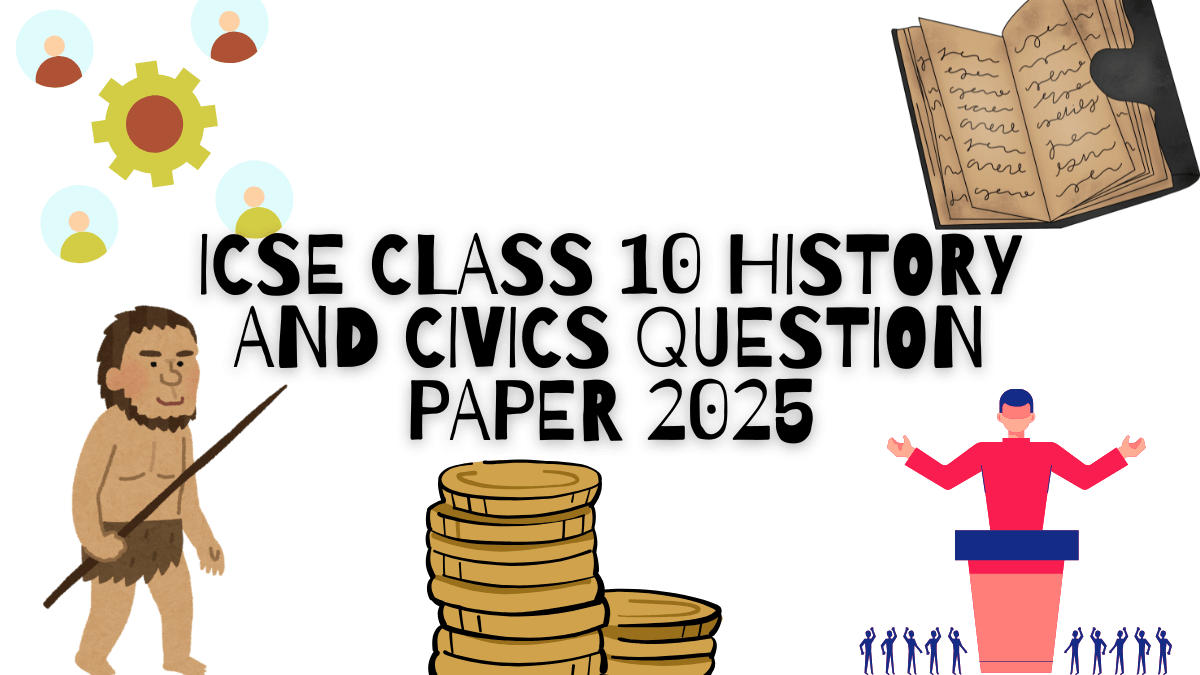







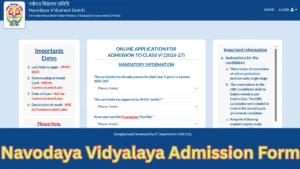 Jawahar Navodaya Vidyalaya Admission For...
Jawahar Navodaya Vidyalaya Admission For...
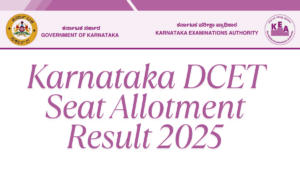 Karnataka DCET Seat Allotment Result 202...
Karnataka DCET Seat Allotment Result 202...
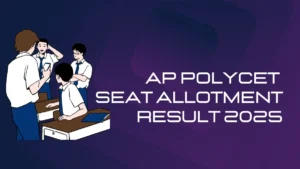 AP POLYCET Seat Allotment Result 2025 OU...
AP POLYCET Seat Allotment Result 2025 OU...






